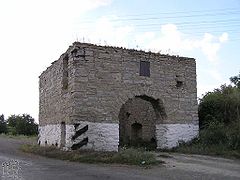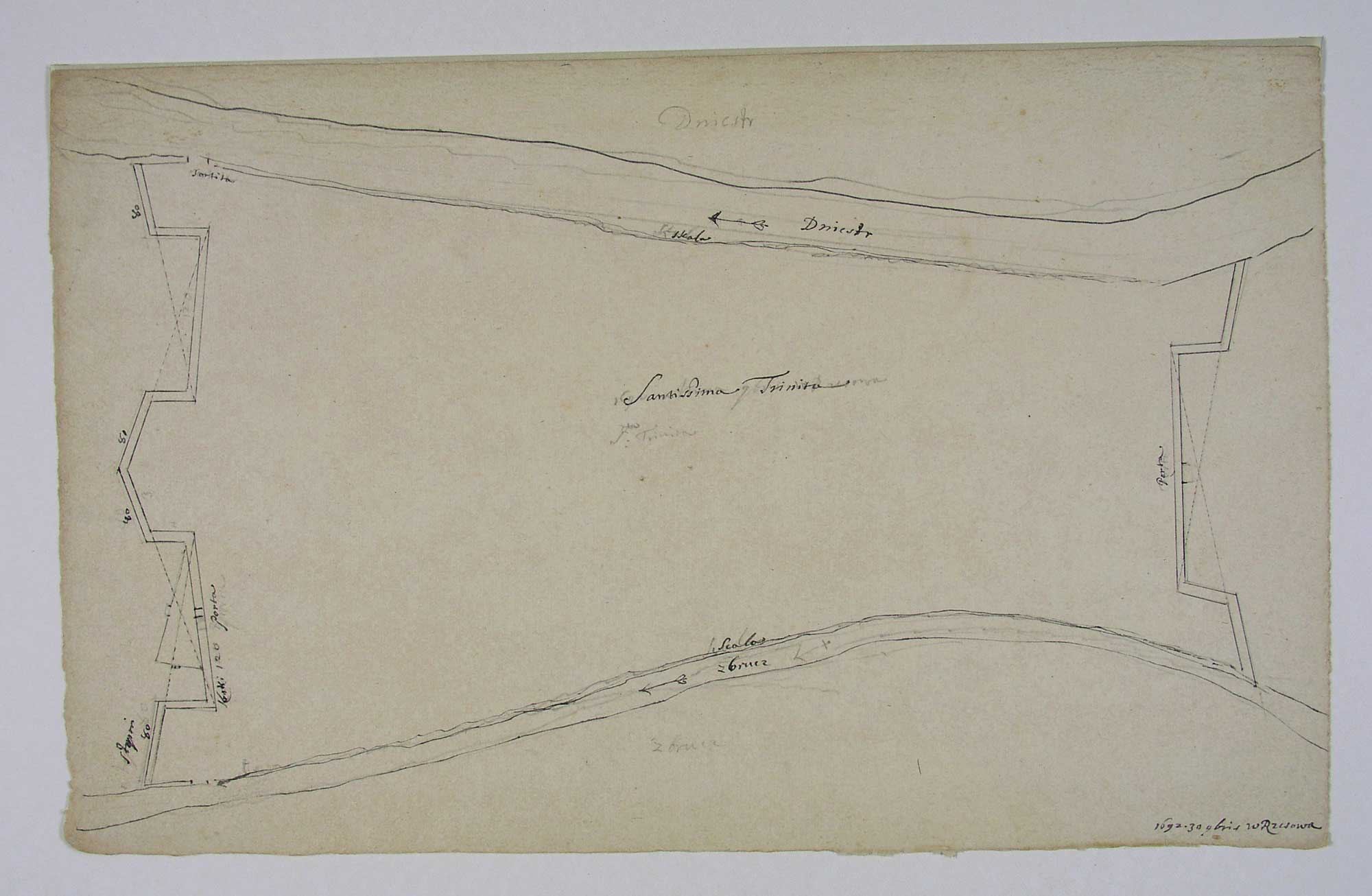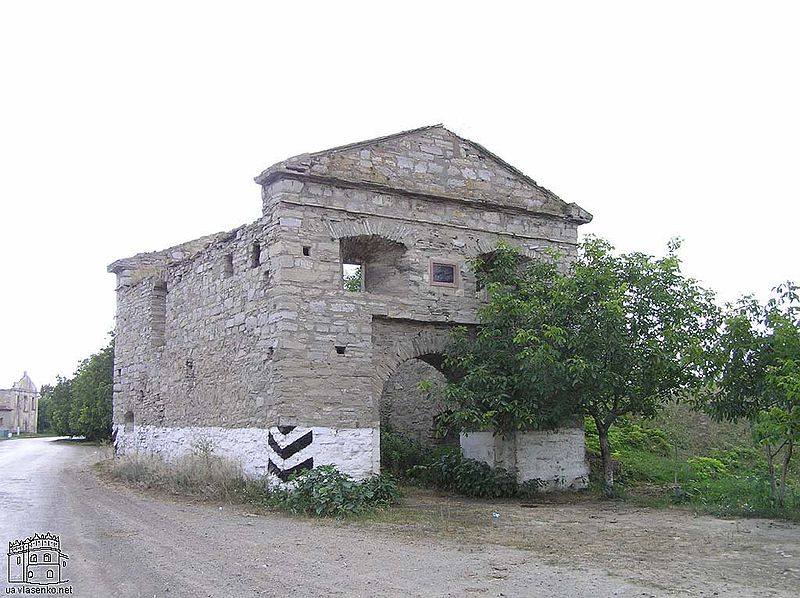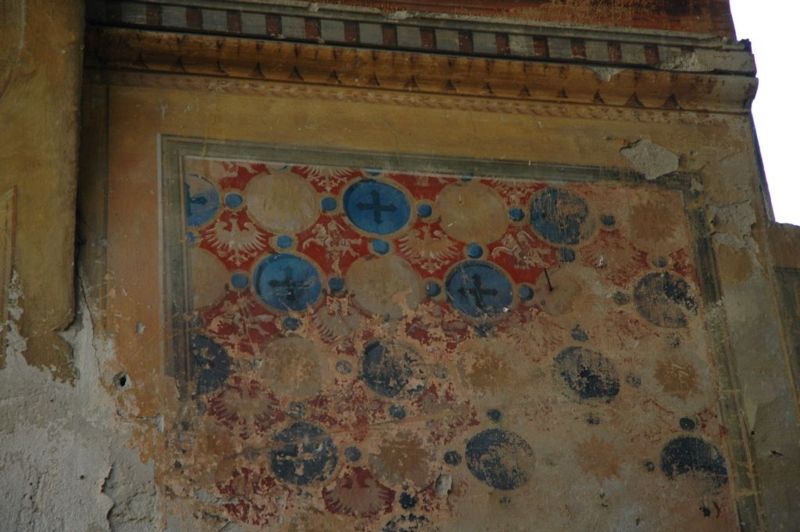The
stronghold is said to have been abandoned in 1699, when the rest of Podolia
was returned to Poland, and the fortress lost its importance as a counterbalance
to Kamieniec Podolski .
However,
according to the 1850
Slownik Geograficzny, there is evidence of several official Hetmans’
visits to Okopy during the reign of King August
III (1733-1763). This would indicate that the stronghold was still
both occupied and operational.
Furthermore,
records of the Polish SEJM from 1764 mention budgets for the maintenance
of the stronghold and other records mention that, under the reign of King
Stanislaw
August Poniatowski (1764-1770), the stronghold was still staffed and
was even renovated .
In
1769, the Bar
Confederates, under the command of Kazimierz
Pulaski (later to become hero of the American Revolutionary War and
“Father of the American Cavalry”) defended the stronghold
against the besieging forces of Russia.
After
the
Partition of Poland in 1772, the village and the remains of the stronghold
became the easternmost point of Austrian
Galicia. The nearby town was abandoned, and the inhabitants of the
village moved inside of the fortress walls. Most of the houses that were
built then were made from the stones that had been used to construct the
earlier defensive walls.
|





